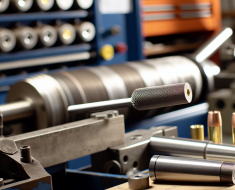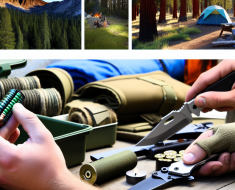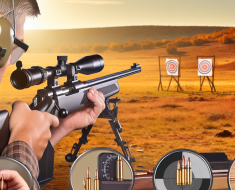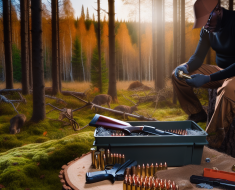Understanding Ballistics: Reloading for Better Performance
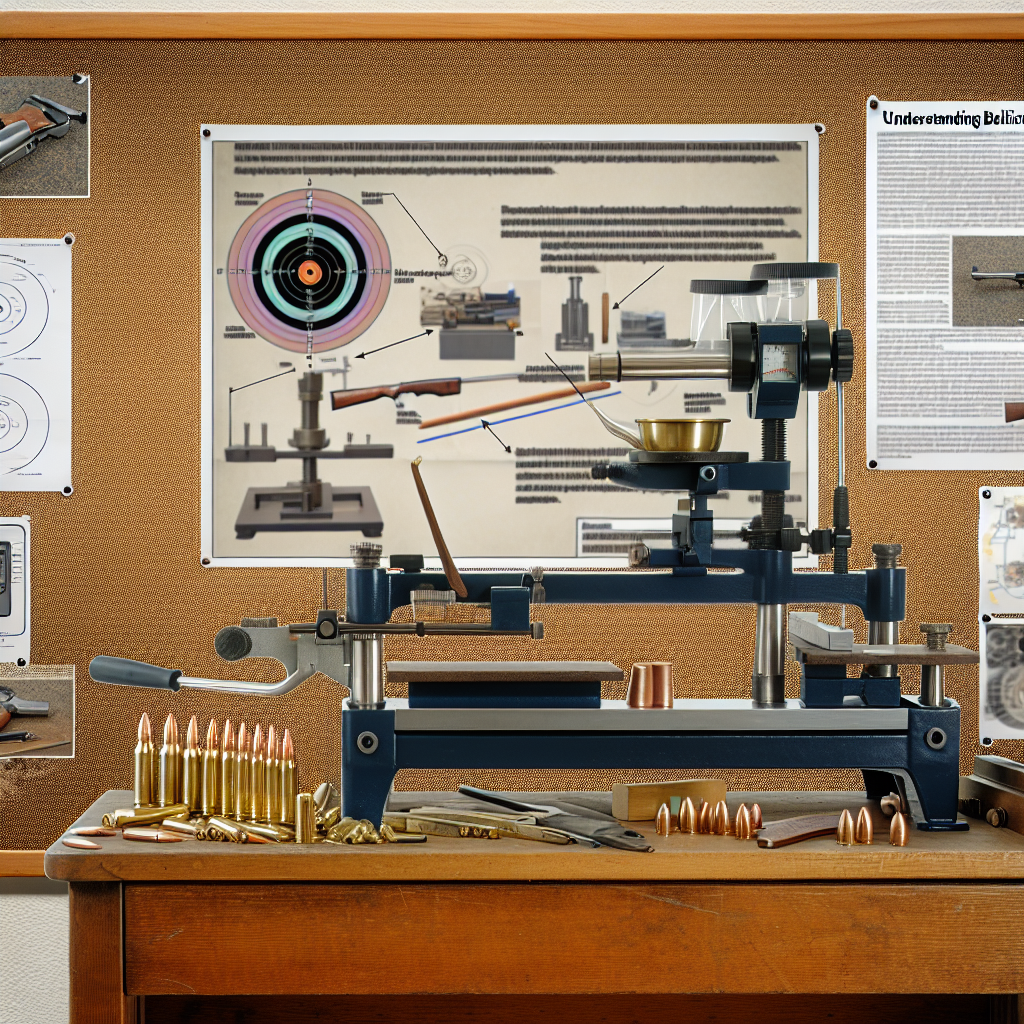
Ballistics, the science of projectile motion and behavior, plays a pivotal role in the world of shooting sports, hunting, and firearms accuracy. At its core, ballistics involves understanding how bullets behave both inside the firearm and after they leave the barrel. For enthusiasts looking to maximize their firearm’s potential, reloading ammunition offers a unique avenue to optimize ballistic performance. This article delves deep into the fundamentals of ballistics and explores how reloading can lead to better precision, consistency, and overall shooting performance.
The Basics of Ballistics: Internal, External, and Terminal
Before diving into reloading techniques, it’s essential to understand the three primary categories of ballistics:
- Internal Ballistics: The processes that occur inside the firearm from the moment the primer ignites until the bullet exits the barrel. This includes powder burn rate, pressure build-up, bullet seating depth, and barrel friction.
- External Ballistics: The behavior of a bullet in flight after it leaves the muzzle. Factors such as gravity, air resistance (drag), wind drift, and velocity changes are critical here.
- Terminal Ballistics: What happens when a bullet hits its target — penetration depth, expansion, fragmentation, and energy transfer.
Reloading primarily influences internal and external ballistics by allowing shooters to tailor ammunition characteristics such as powder charge, bullet weight, seating depth, and primer type to their specific firearm and shooting conditions.
Why Reload Ammunition? Benefits for Ballistic Performance
Reloading ammunition is more than just a cost-saving exercise; it is a pathway to enhanced ballistic performance. Here are several reasons why reloaders seek to customize their ammo:
- Improved Accuracy: Factory ammo is manufactured for general use with tolerances that suit most shooters but may not be optimized for a particular firearm’s barrel twist rate or chamber dimensions. Reloading allows precise control over variables like powder charge and bullet seating depth for tighter groupings.
- Consistency: Consistent muzzle velocity translates into predictable trajectories. By carefully measuring powder charges and using quality components, reloaders reduce shot-to-shot variation.
- Custom Load Development: Shooters can experiment with different powders and bullets to find an optimal load that balances recoil, velocity, and accuracy.
- Specialized Ammunition: Reloading enables creation of specialized rounds such as subsonic loads for suppressed firearms or high-velocity loads for long-range shooting.
A study conducted by the National Institute of Justice found that handloaded ammunition could improve precision by up to 25% compared to standard factory loads under controlled conditions — a significant margin for competitive shooters or hunters seeking clean kills at extended ranges.
The Reloading Process: Key Components and Their Impact on Ballistics
The art of reloading involves combining several critical components in precise ways to achieve desired ballistic outcomes. Understanding these components helps reloaders make informed decisions:
- Bullet Selection: Bullet weight and design affect external ballistics significantly. Heavier bullets retain velocity better but generate more recoil; lighter bullets achieve higher velocities but may be more susceptible to wind drift. Additionally, bullet shapes (e.g., boat-tail vs flat base) influence aerodynamic efficiency.
- Powder Type & Charge: Different powders burn at various rates influencing pressure curves inside the barrel. Adjusting powder charge affects muzzle velocity which directly impacts trajectory and energy on target.
- Primer Type: Primers ignite the powder charge. Variations in primer sensitivity can affect ignition consistency which in turn influences muzzle velocity uniformity.
- Case Quality & Preparation: Cases must be resized properly to fit chambers well; inconsistent case dimensions can cause pressure spikes or poor bullet alignment affecting accuracy.
- Bore Condition & Barrel Twist Rate: Though not part of reloading per se, understanding one’s firearm helps tailor loads effectively since bore condition influences friction while twist rate determines what bullet weights stabilize best during flight.
An example from competitive long-range shooters illustrates this well: many opt for heavy-for-caliber bullets seated at optimal depths with slow-burning powders matched carefully to their rifle’s twist rate — resulting in sub-MOA groups at distances exceeding 1000 yards.
Tuning Loads: Practical Steps Toward Enhanced Accuracy
Tuning your reloads is a systematic process involving careful experimentation combined with data collection. Below are practical steps reloaders take when optimizing loads for ballistic performance:
- Create a Baseline Load: Start with published load data from reliable reloading manuals that match your cartridge specifications.
- Chronograph Testing: Use a chronograph device to measure muzzle velocities over multiple shots at varying powder charges to identify trends in velocity consistency and average speed.
- Group Shooting & Target Analysis: Fire groups at known distances (e.g., 100 yards) while noting group size variations between different loads.
- Aim for Pressure Signs Monitoring: Look out for signs like flattened primers or sticky bolt lift indicating excessive pressures which can compromise safety despite potential accuracy gains.
- Tweak



